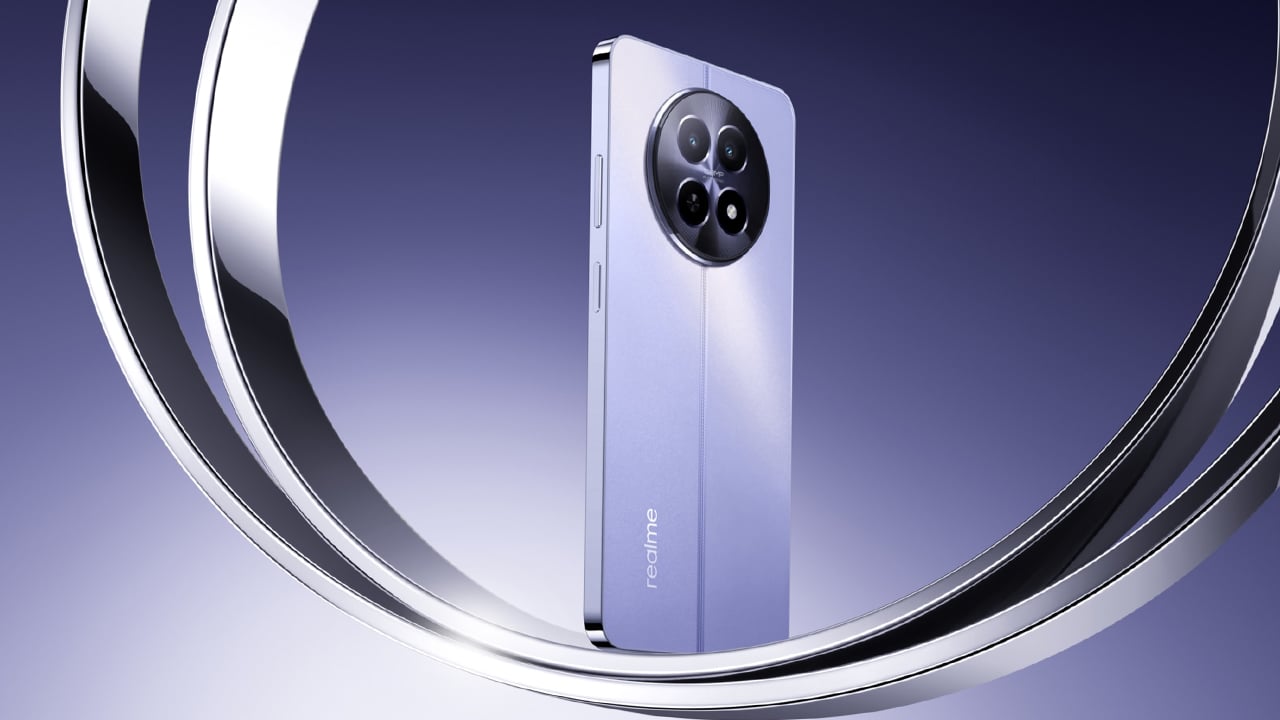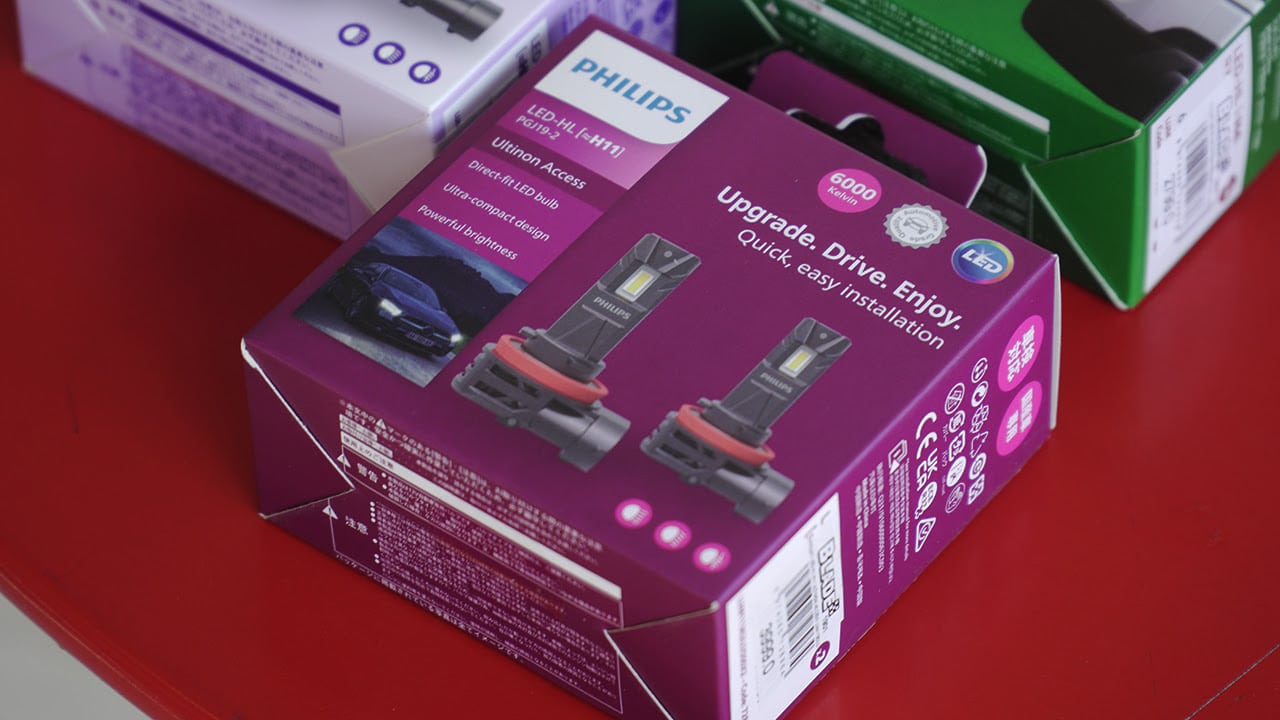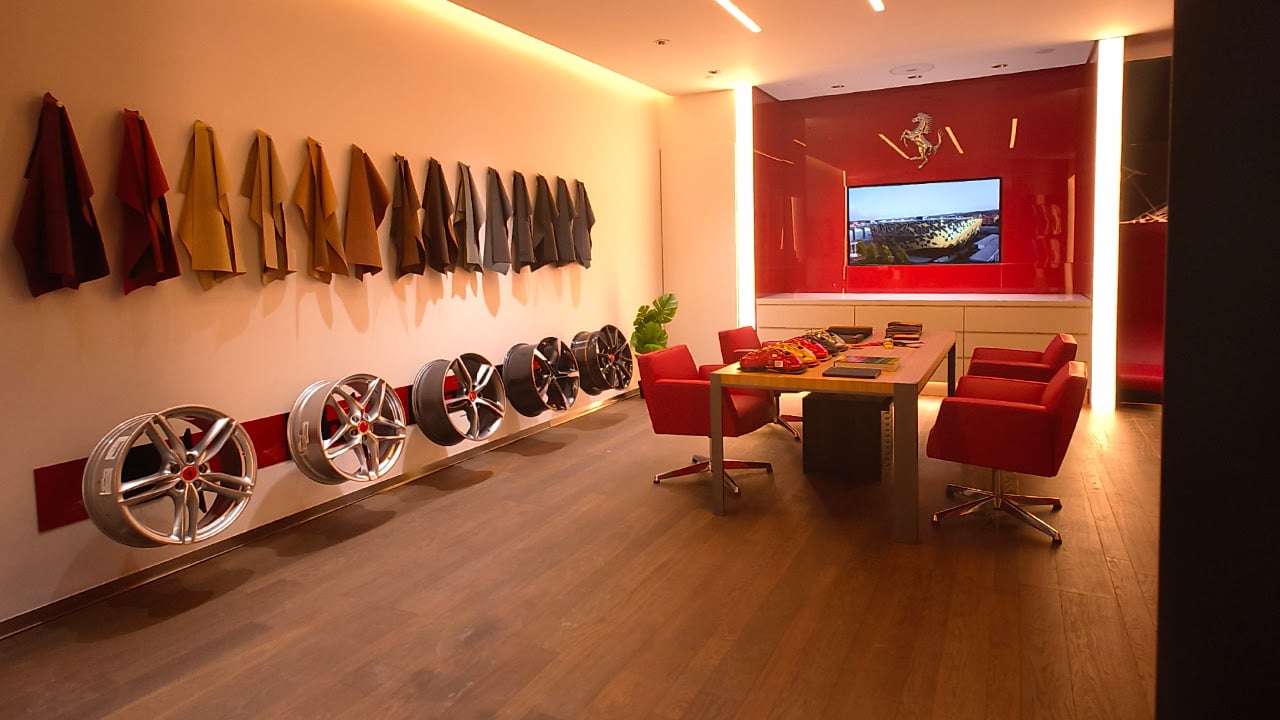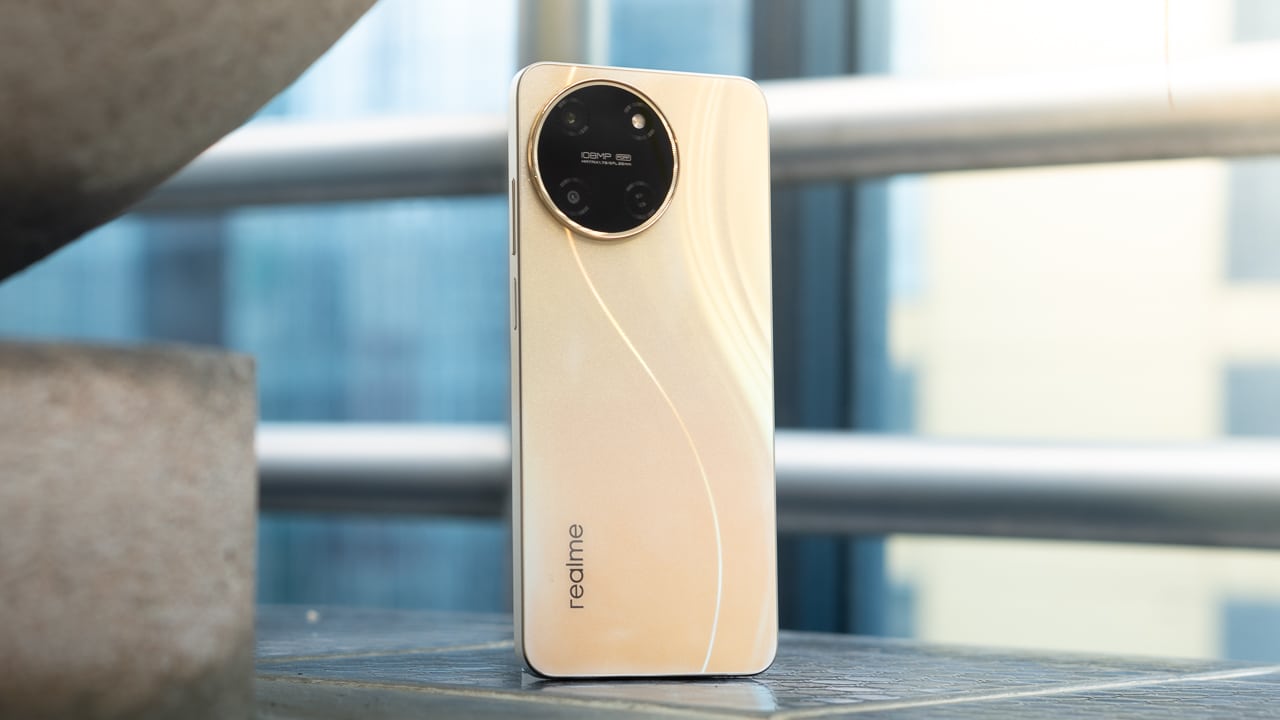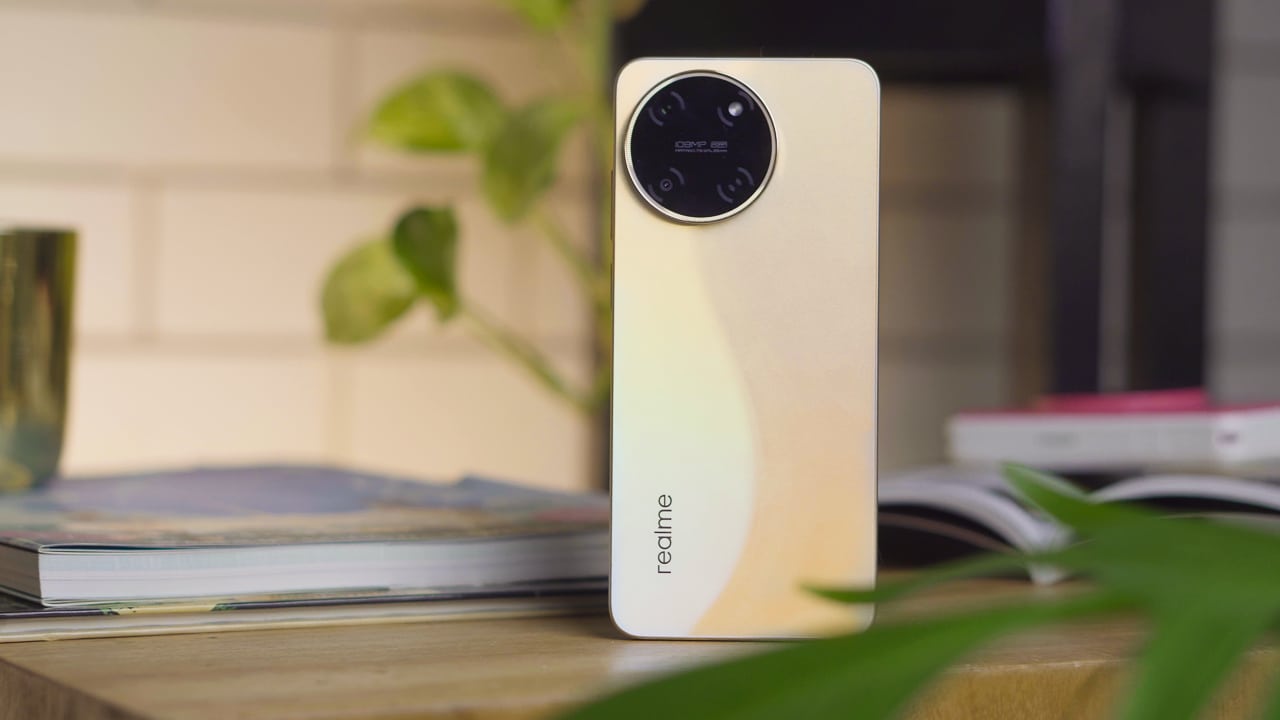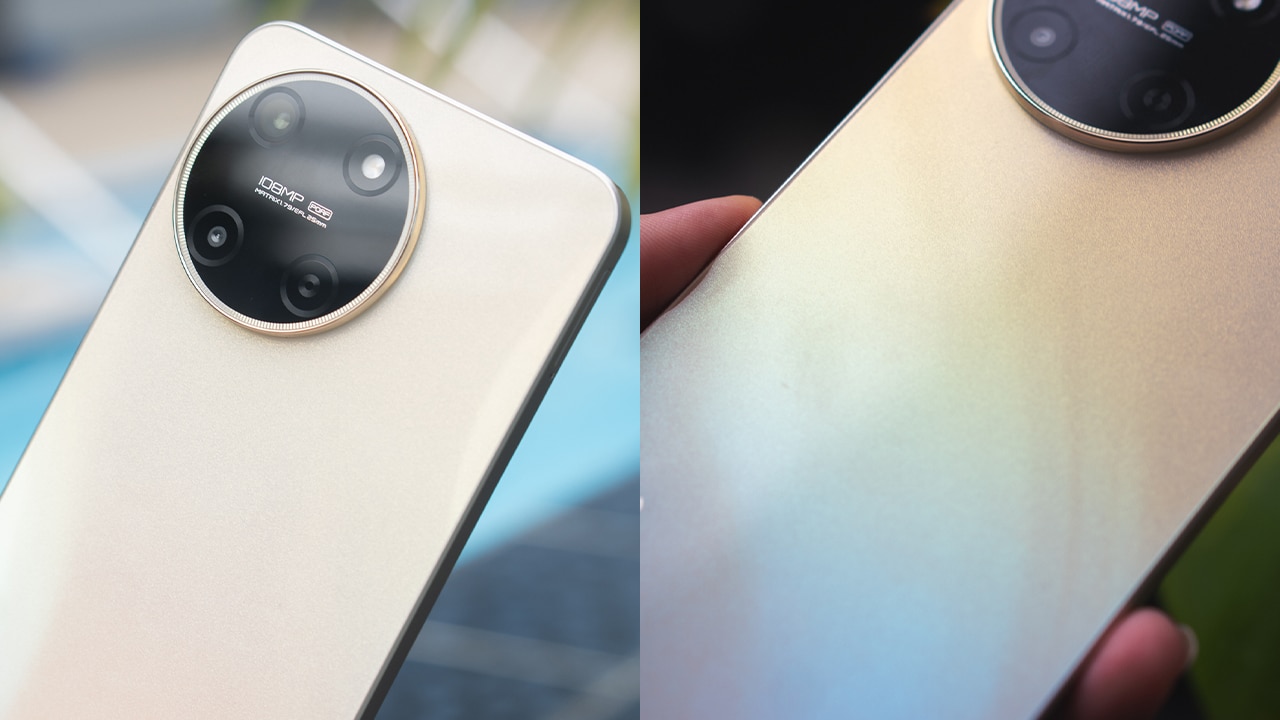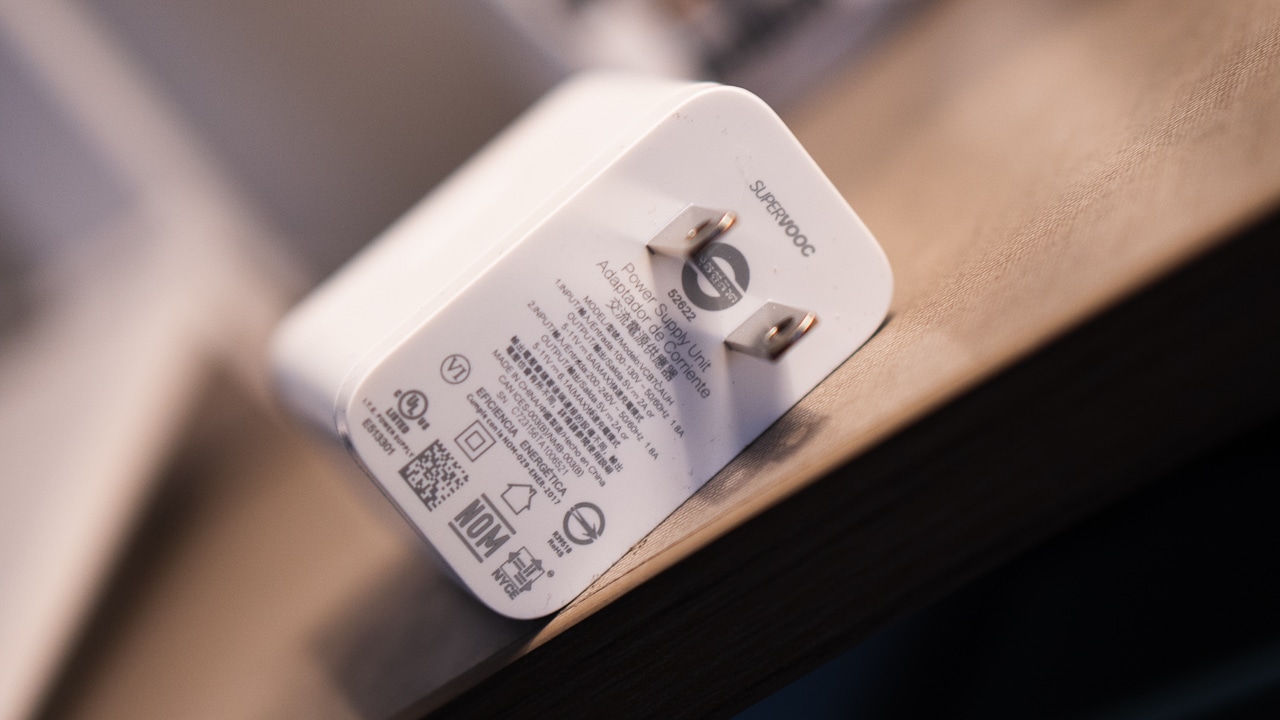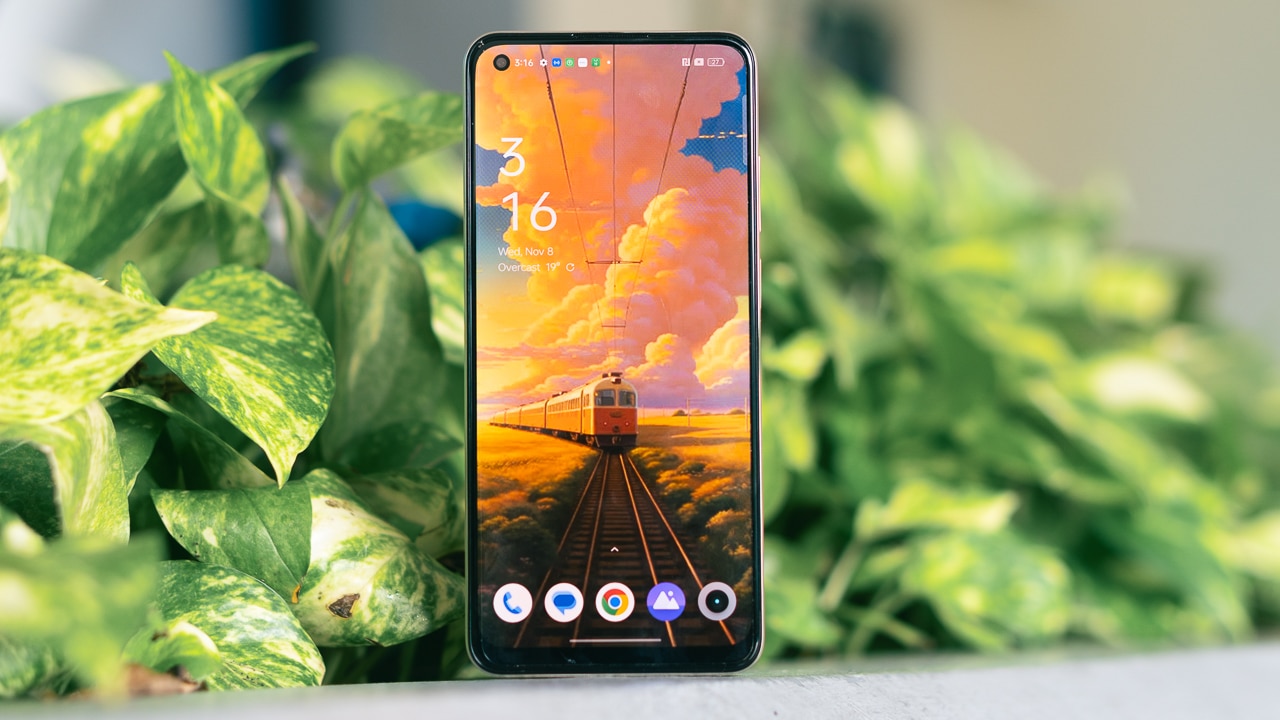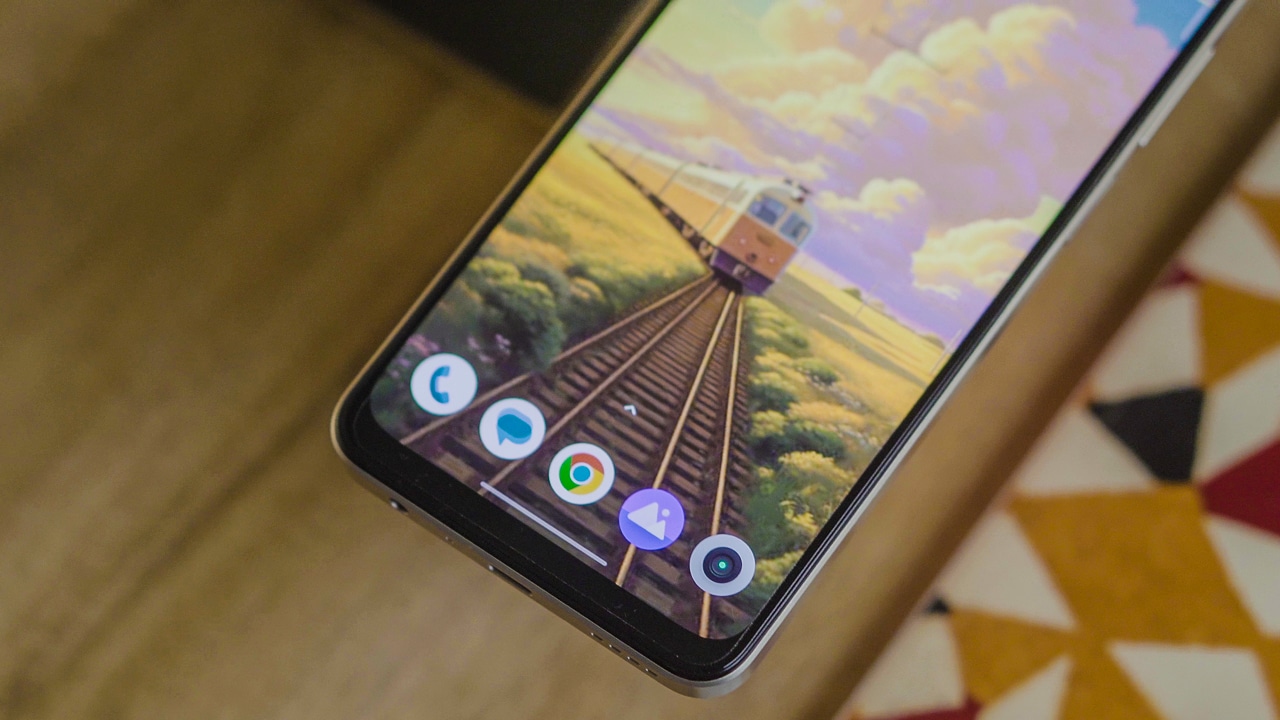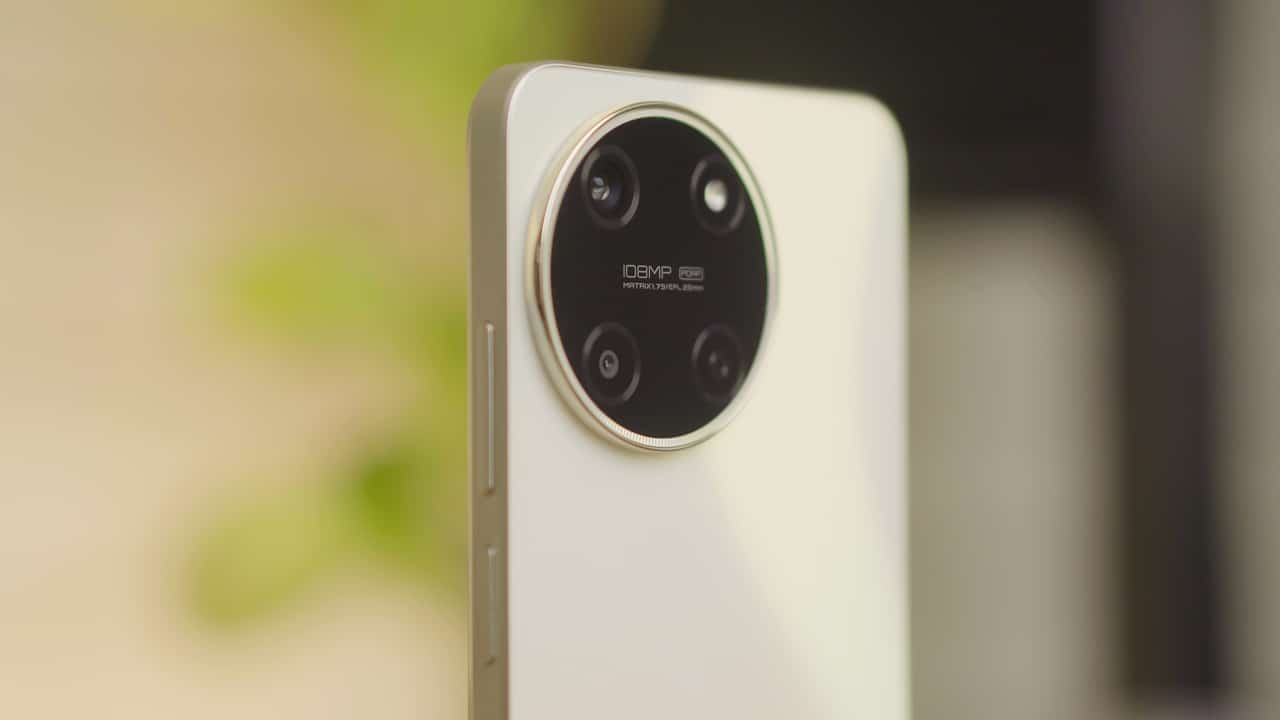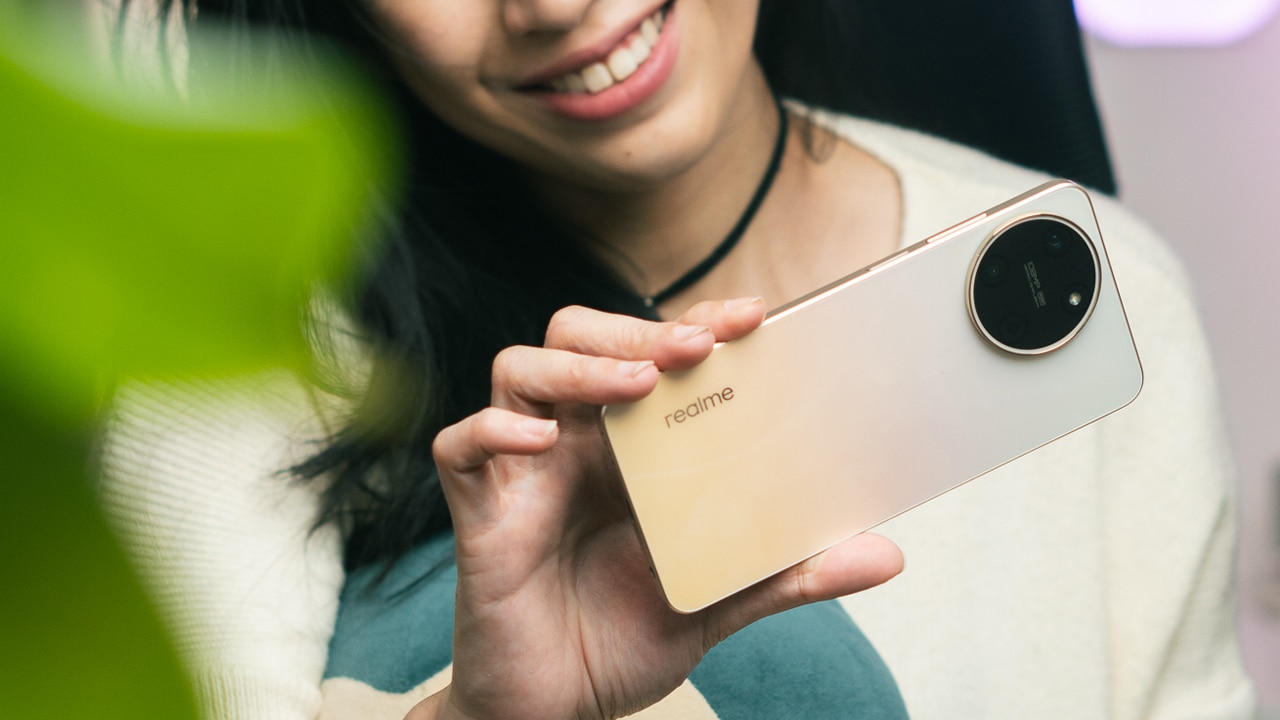Leading mobility company and motorsport supporter Toyota Motor Philippines (TMP) kicked off this year’s racing season with the reopening of the TOYOTA GAZOO Racing Academy Philippines (TGR Academy). With the goal of promoting the love for motorsport and continuously developing globally competitive Filipino racers, the academy welcomed a new set of drivers along with familiar faces in the racing industry.
Formerly known as the Toyota Racing School, the TGR Academy brings together motorsports enthusiasts in the country to jumpstart their journey in the exciting world of motorsports. The team of mentors and instructors is comprised of tenured racing trainers from the country with at least 10 years of experience on the track and former champions of the Toyota Vios Cup in the Philippines.
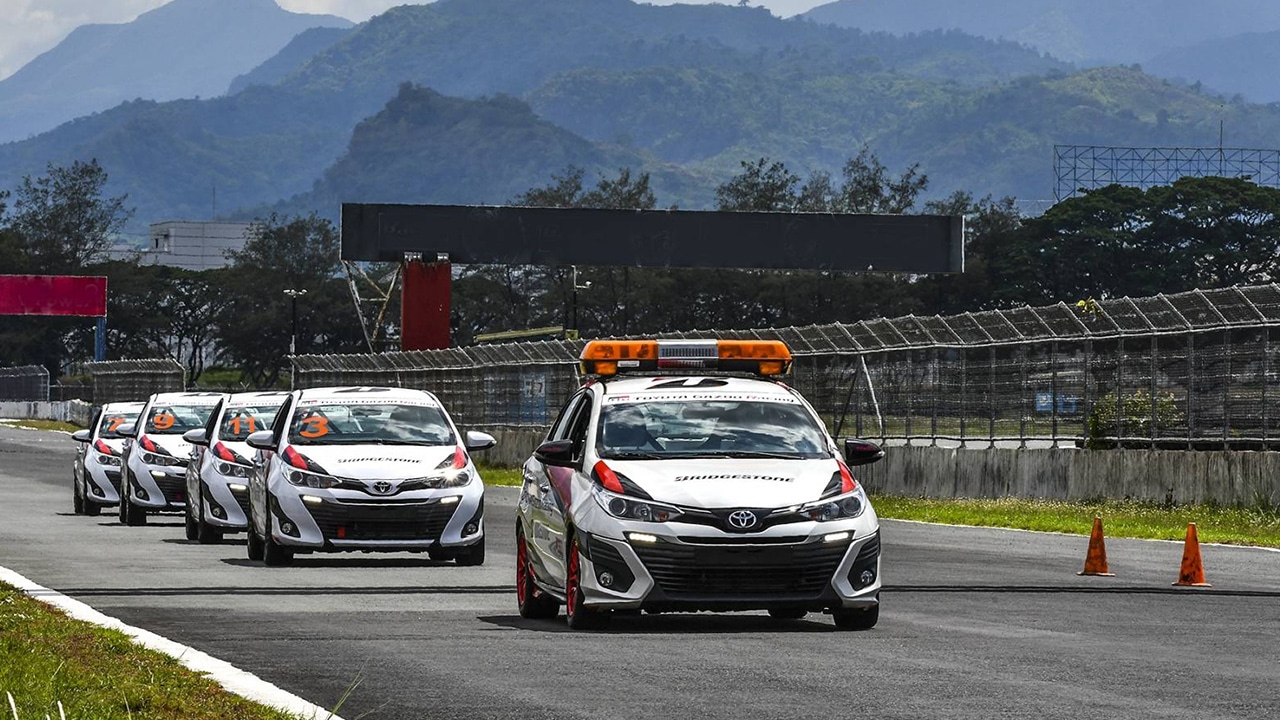
After a hiatus last year in compliance with public safety regulations, classes reopened starting with the Level 1: Basic Circuit Car Class, where future racers learn the basic skills and essential safety rules needed to properly drive a race car around the track. This class also tackles threshold braking, downshifting, racing line, and track lapping.
The theory lecture was conducted through a virtual webinar and supplemented by on-ground training at the Clark International Speedway (CIS). The Level 2: Advance Circuit Class teaches racers eyeing a position on the podium of the upcoming Toyota Vios Cup 2021.
“We’ve had a year of break because of the pandemic, but we’re back and it’s going to be a very exciting season this year. We’ve got new drivers training already with us. So, we’re looking at about 30 cars on the grid at the season this year,” shared JP Tuason, TGR Academy instructor.
Reformatted racing school program
Unlike previous racing school classes, this year’s class no longer allows students to share the vehicle with other participants to ensure the health and safety of each racer. Registrations were done online and some parts of the race class were conducted through video conferencing. Students and staff were tested upon entering the circuit at CIS.
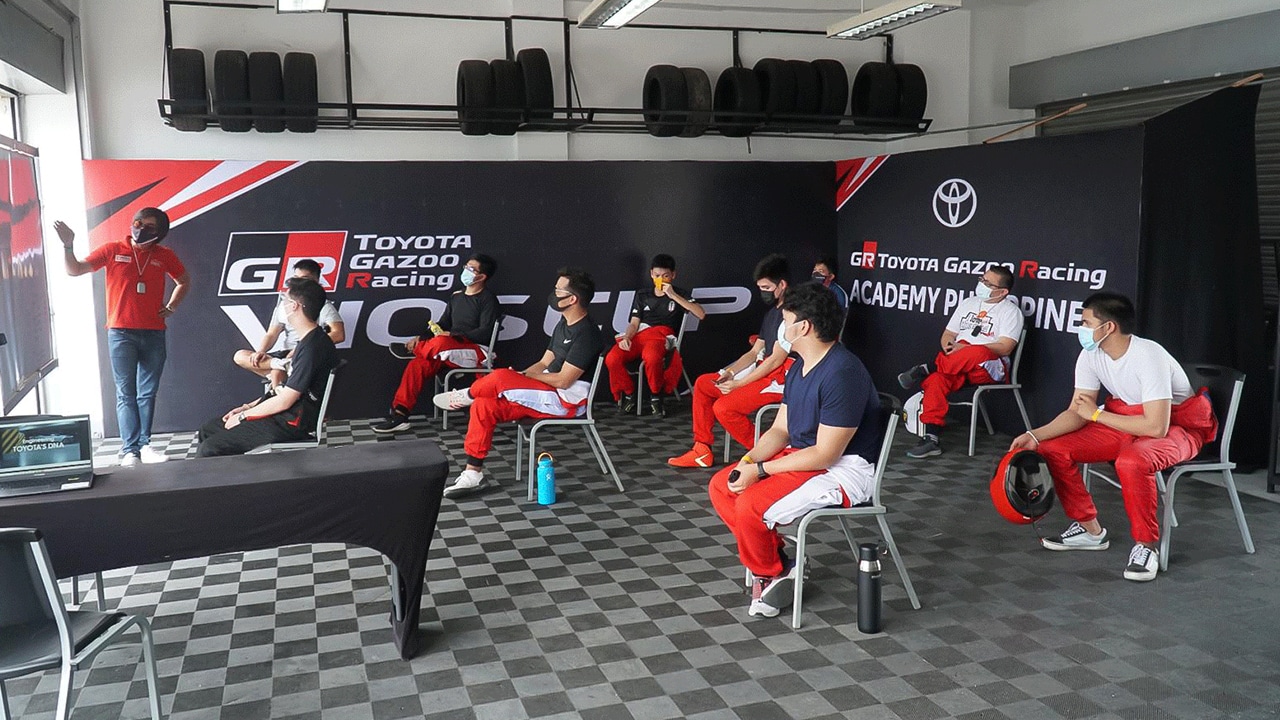
A dedicated time slot for each batch of students was strictly followed and driving instructions were conducted through two-way radios. All equipment and vehicles were disinfected before every use.
“We’re really interested and we looked forward to this day when we can return to the track once again,” shares racing phenomenon Iñigo Anton, who participated in the Level 1 and Level 2 classes.
Working with the official One-Make-Race build of the Toyota Vios, the Level 2 students will be armed with advanced techniques and skills to make their way to the finish line. Students got the chance to have the feel of the competition through a mock race in the Level 2 race class.
Anton added, “Even though I’ve been racing for a long time, I still learn here. The classes and learnings made me a smoother and faster driver. It’s such a good program and hopefully, those people who are interested to join in racing, in general, would explore the program and start their journey here. It really teaches one all the things to know from being a beginner racer and as one progresses to the next level in racing.”
Aleksa Meily, a racing neophyte also shared, “I enrolled in the TOYOTA GAZOO Racing Academy because I want to put my foot in the door in the world of racing. I was very inspired after watching Formula 1, and I thought why don’t I try it, instead of just watching in front of the screen.”
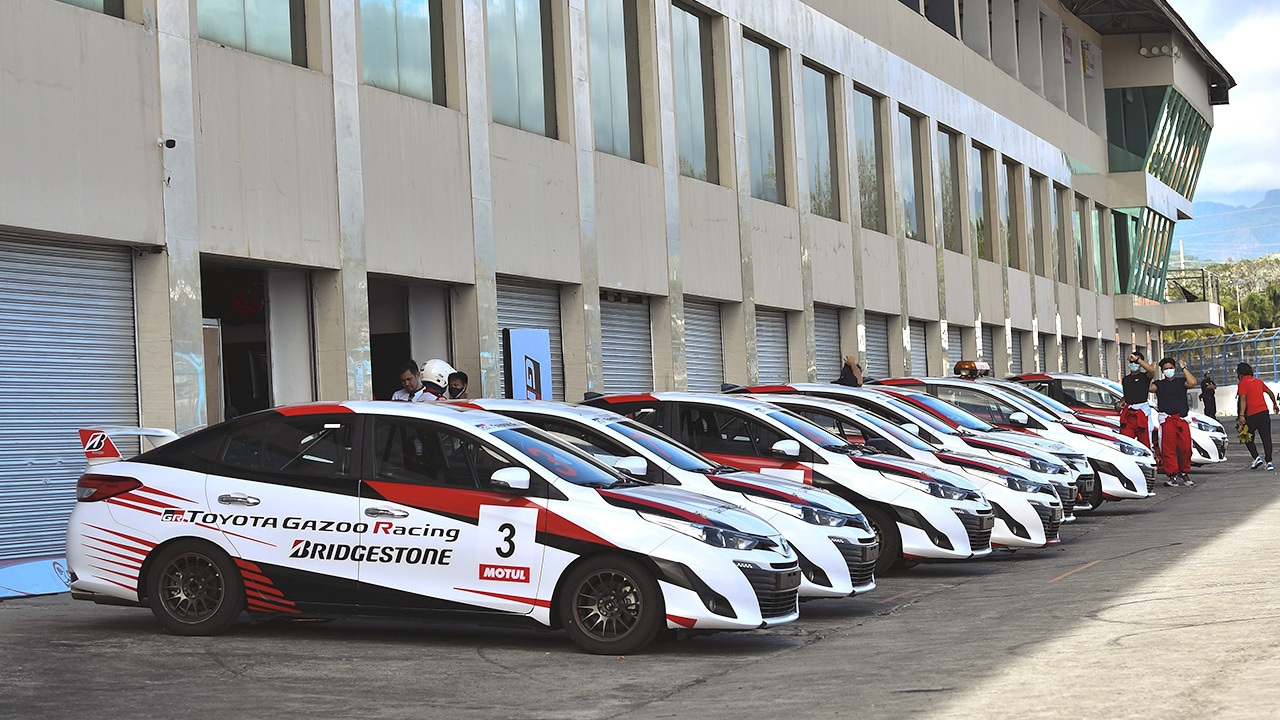
The TGR Academy is a great stepping stone for anyone interested in joining the TOYOTA GAZOO Racing Vios Cup, which is slated to be back this July. This season, TMP will introduce a new batch of racers as well and is bringing back the Super Sporting class, which will be joined by the country’s seasoned racers.
This year’s TOYOTA GAZOO Racing Vios Cup will be held in cooperation with Bridgestone, official fuel partner Petron, and supported by Motul. Other sponsors are ROTA, Brembo, Denso, AVT, 3M, Tuason Racing, and OMP.
The TGR Academy will continue to serve as a starting point for Filipinos who wish to follow their racing ambitions or those who simply want to improve their driving and handling skills on the tracks. Watch out for TMP’s announcements on the next sessions of the TGR Academy.

